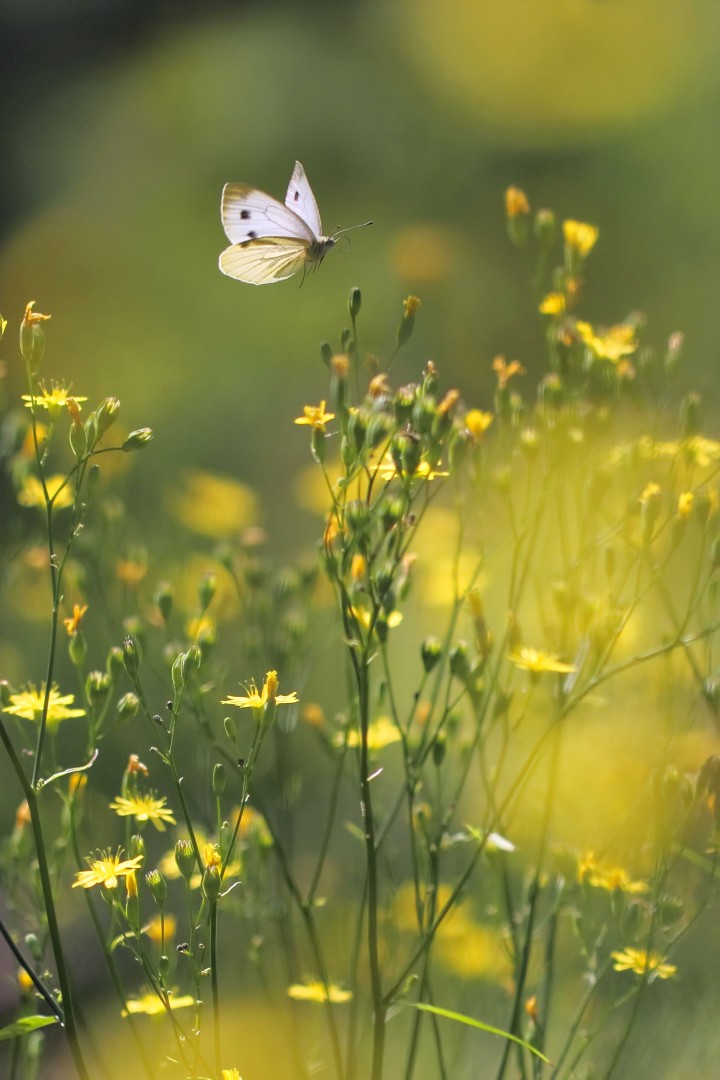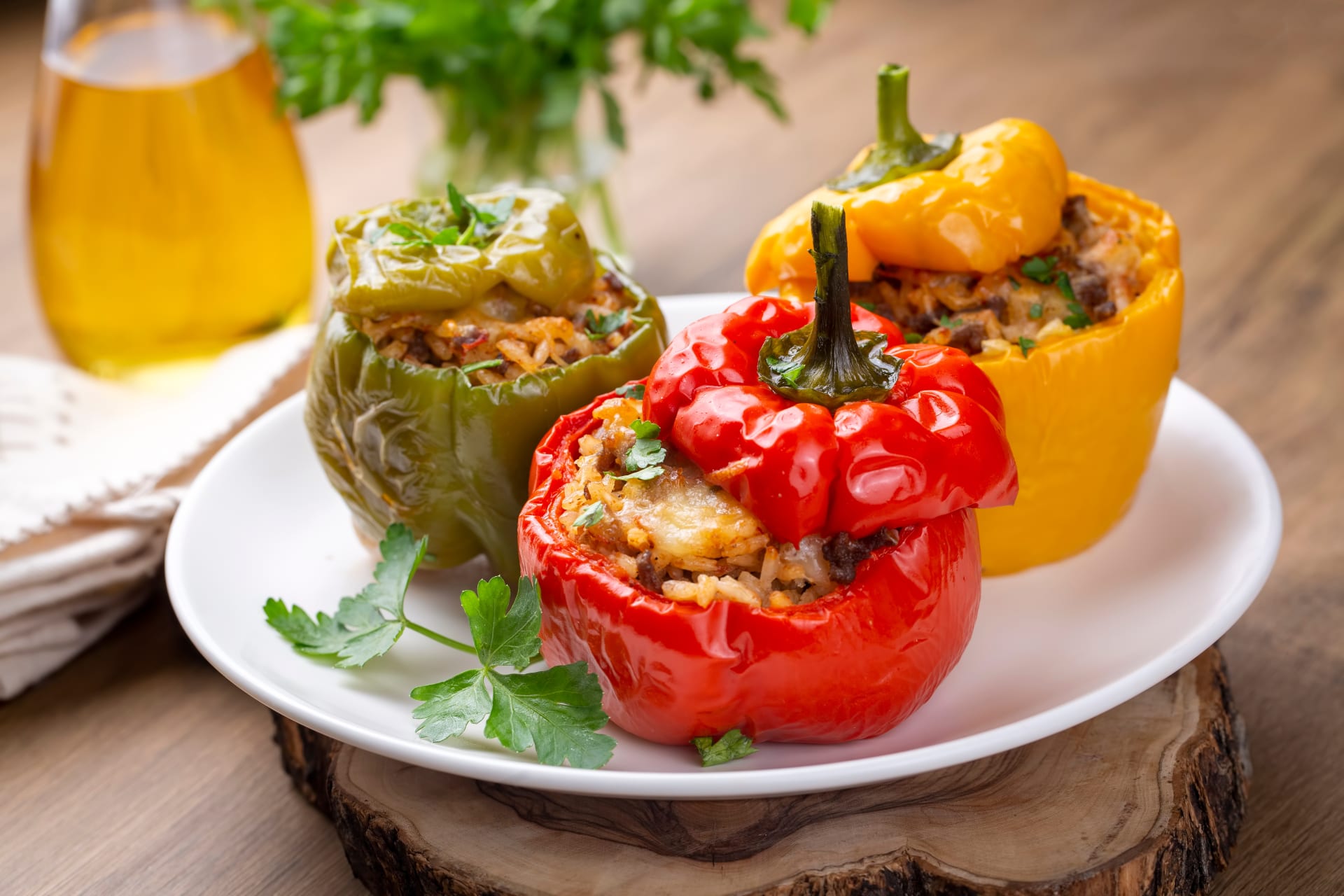Meadows are wonderful, evolving entities. The first year of any meadow it has a huge array of beautiful annuals for colour, however your subsequent years are always a fantastic surprise as to what you will get. Different flowers will germinate in different years all dependant on the condition of the soil, weather etc.
As the years roll by, the meadow will become ever more diverse as the slower establishing species gain a foothold and growth of the pioneer species plants slows. The meadow will eventually evolve a stable character but the balance of plants may not reflect the original seed mix.
 In year 2+ of a meadow’s life the best way to appreciate it is to get ‘inside’ the meadow. The floral display is, of course, beautiful and fragrant – and a source of food for pollinators – but to really appreciate what your meadow is doing for wildlife you need to get right down to the soil levels.
In year 2+ of a meadow’s life the best way to appreciate it is to get ‘inside’ the meadow. The floral display is, of course, beautiful and fragrant – and a source of food for pollinators – but to really appreciate what your meadow is doing for wildlife you need to get right down to the soil levels.
From the first shoots of growth a meadow will become a haven for wildlife, and this will only increase as the meadow establishes. The way in which you choose to maintain your meadow will determine the wildlife that are calling it home. If you leave your meadow over winter without cutting and clearing, you will end up with a whole array of wildlife using your meadow not only as food in summer but also, over the winter months, as food and shelter. Increasingly industrialised agriculture has meant that the winter stubbles and game cover that used to provide a home for farm birds and non-hibernating mammals over the barren months has now become rarer and rarer. Your meadow could provide that much needed habitat.
The mix of plants in the subsequent years will always be a wonderful surprise, dependant on the seed mix you used at the time of creation. However, what is even more of a surprise is the breadth of creatures and plant life that you will find within the meadow. Not only the obvious pollinating species of bee and butterfly that you would expect, but also there will be many crawling insects, worms and ground dwelling beetles, spiders, and so on. With these species comes their natural predators; so you will also find a plethora of small mammals, birds, bats, and reptiles also calling your meadow home.
I always advise all my clients that to appreciate their meadow they must go and really get in to it. Take some time sitting quietly amongst the nature and really appreciate what you have done to improve the natural habitat of your land.
James Gillies launched his land management and consultancy services in 2016 when he was accepted as a Member of the British Institute of Agricultural Consultants (MBIAC), a body which recognises and promotes agricultural consultants. In December 2018 he was elected as a Member of Institute of Agricultural Management – recognising and promoting the highest standards in Agricultural Management practices (MIgrAM). With over 20 years’ practical experience in habitat creation and land management he offers a bespoke service and deals directly with clients to manage all aspects of the habitat creation or land management project.
james@james-gillies.com | 07973 796406 | james-gillies.com








